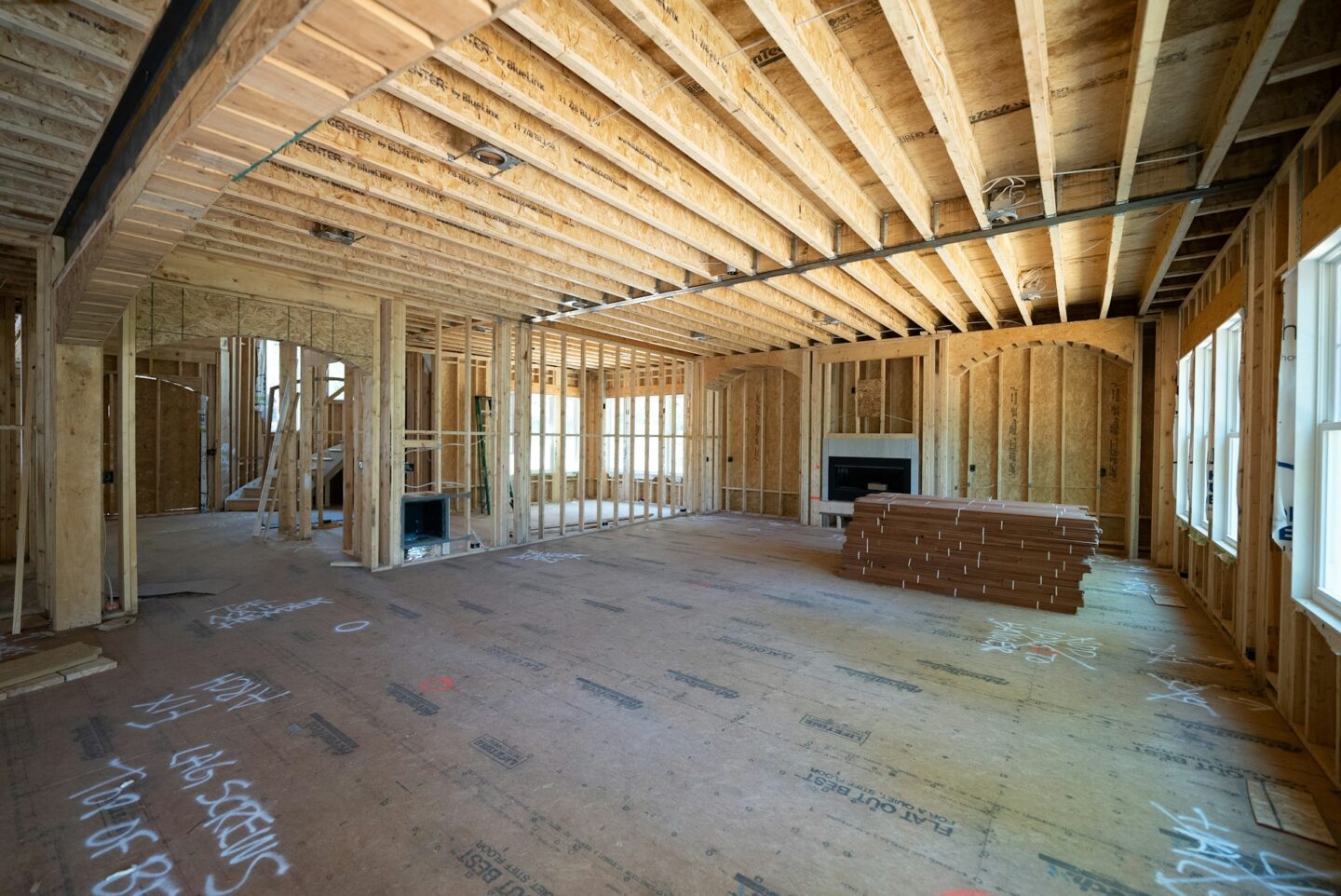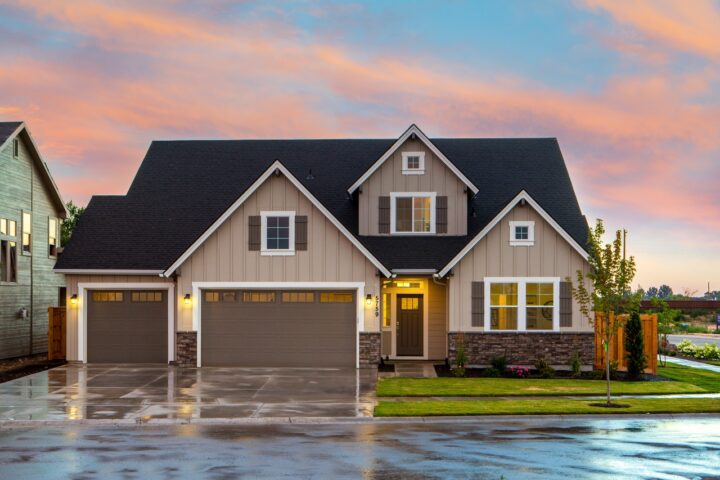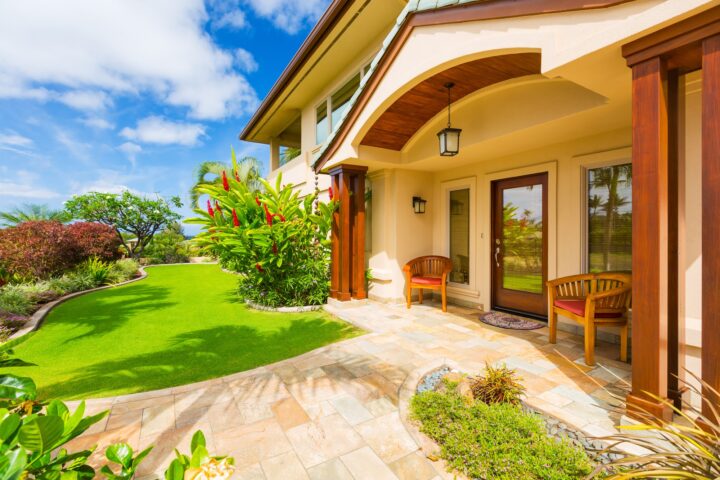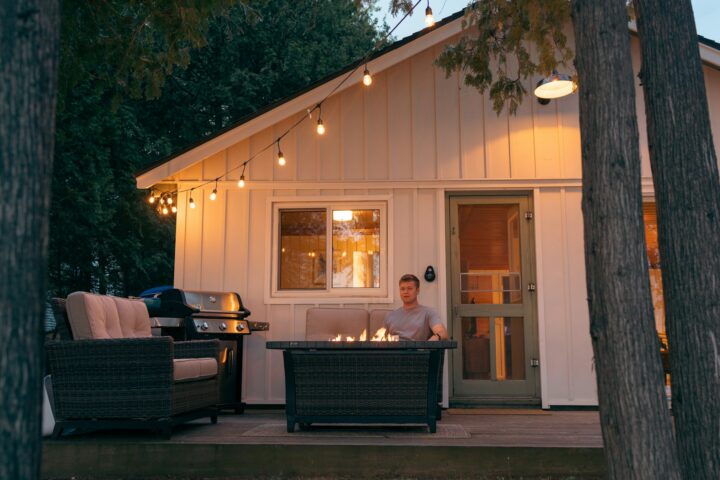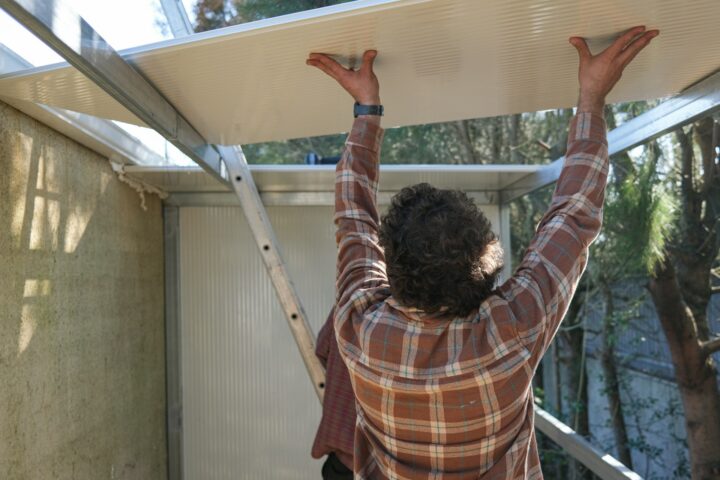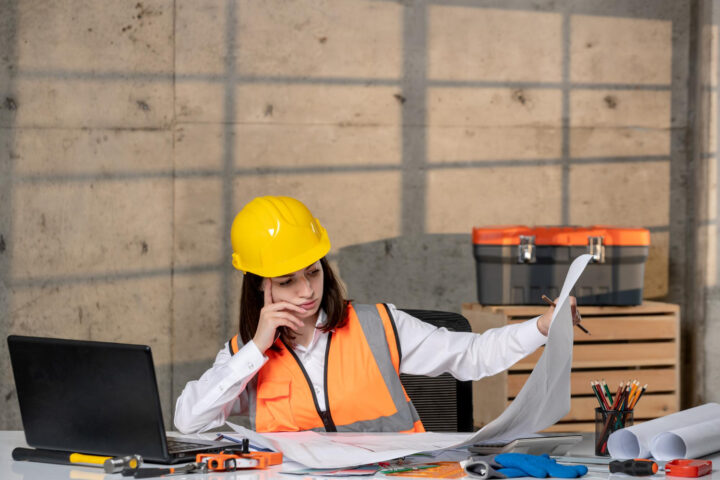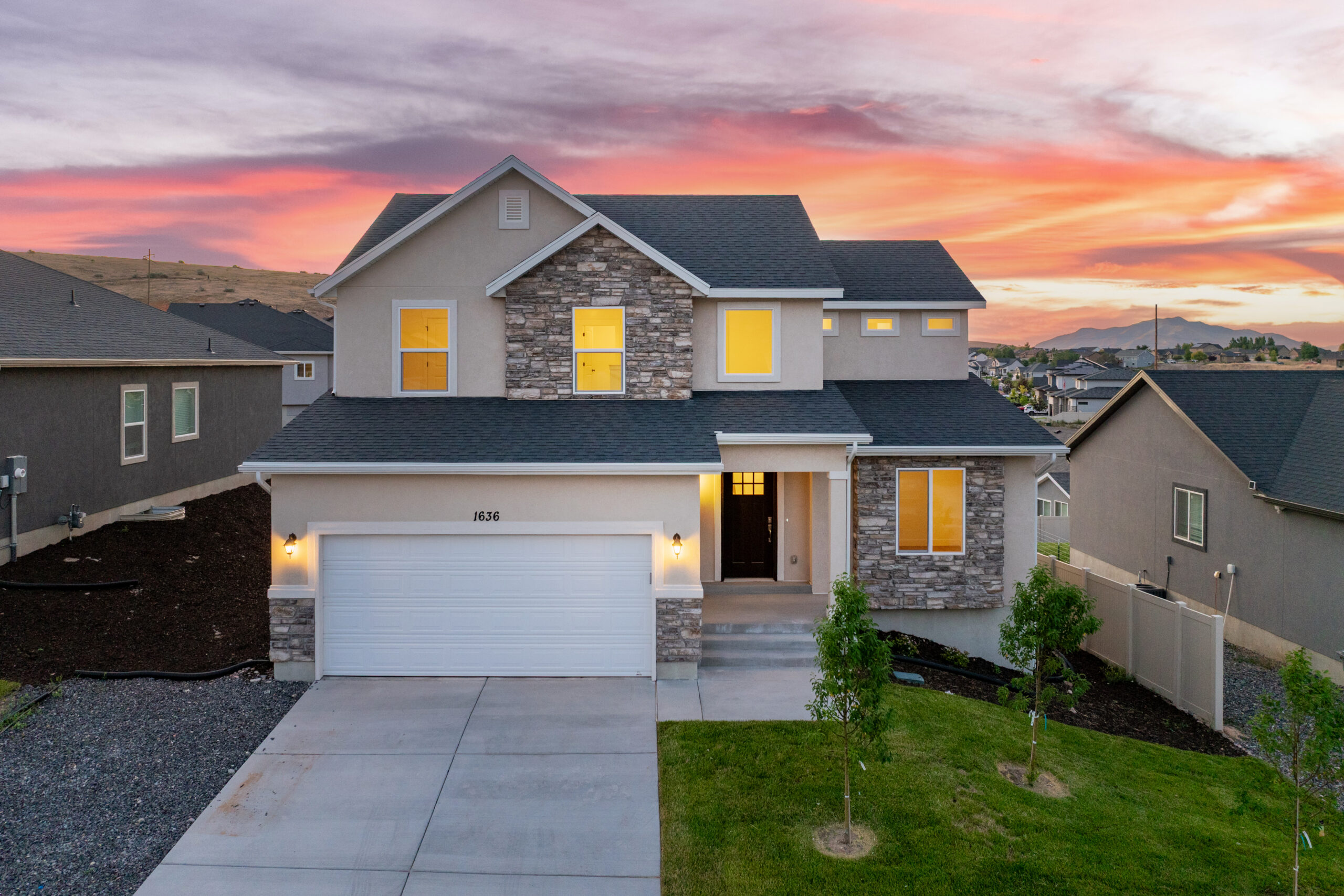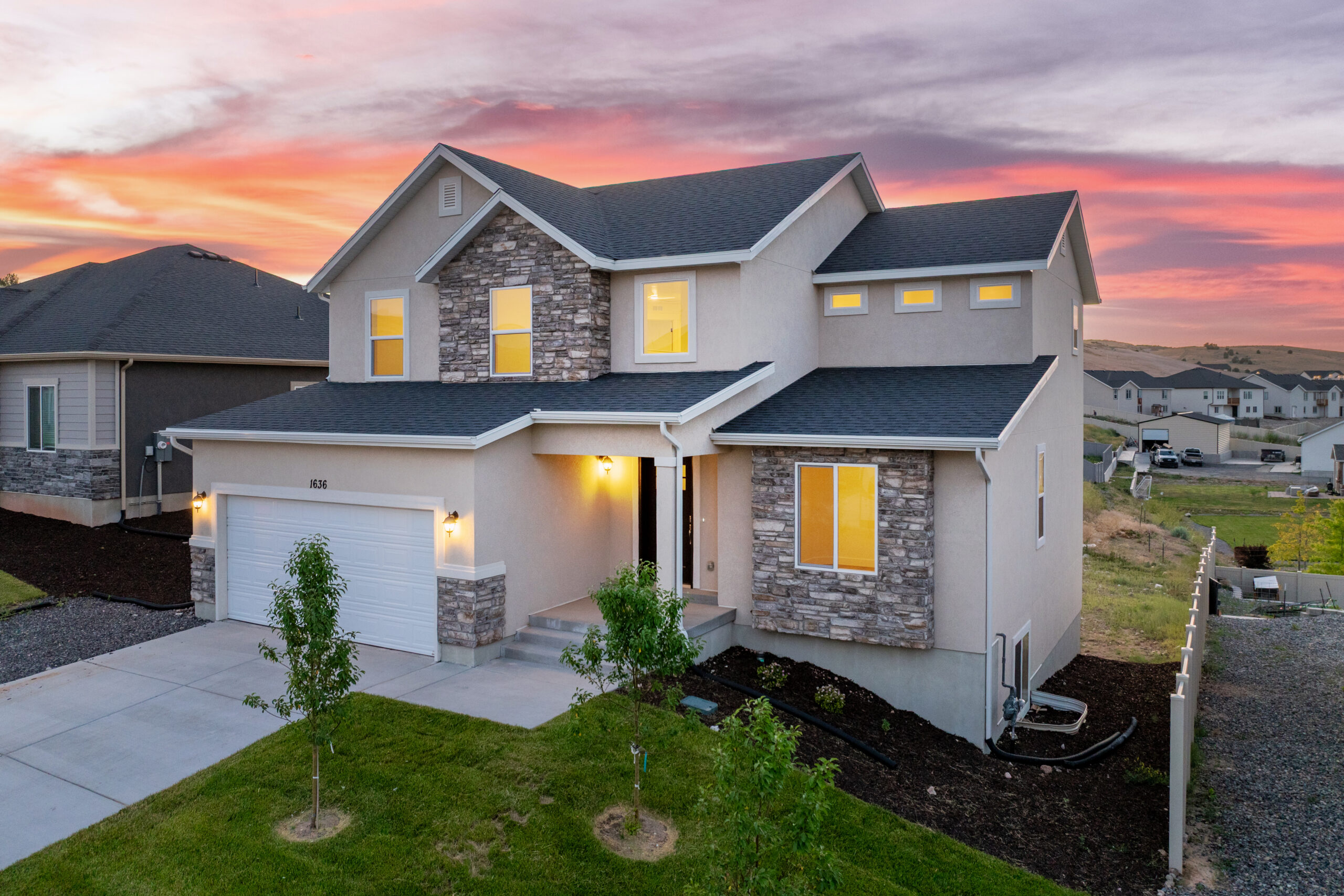Building a green home in Utah is a fantastic way to help the environment and save on utility bills. When we think about going green, we often picture recycling bins and electric cars. However, green building takes this concept to another level by making your house more eco-friendly from the ground up. Using sustainable materials, designing for energy efficiency, and incorporating renewable energy sources are all part of this exciting trend.
One of the key aspects of green building is choosing sustainable materials. These materials are better for the environment and often more durable and healthier for you and your family. Imagine living in a house built from materials that create a safer and more pleasant living space. Many options are available today, from bamboo flooring to recycled steel, that can make a big difference.
Another crucial aspect of building green is energy efficiency. Designing your home to be energy-efficient not only helps the environment but also lowers your utility bills. Simple things like proper insulation and energy-efficient windows can keep your home comfortable all year round. You can also go a step further by incorporating renewable energy sources like solar panels or wind turbines.
By focusing on these green building methods, you can create a home that’s good for the planet and great for you and your family. It’s a win-win situation that provides long-term benefits, both financially and environmentally. Let’s dive into the various ways you can go green when building your Utah house.
Choosing Sustainable Building Materials
Selecting sustainable building materials is a key step in going green with your home. These materials help reduce the environmental impact of construction and create a healthier living environment. One popular option is bamboo. Bamboo grows fast and doesn’t require pesticides, making it a great choice for flooring or cabinetry. It’s also strong and adds a touch of elegance to your home.
Recycled materials are another excellent choice. You can use recycled steel for framing, which is just as strong as new steel but requires less energy to produce. Reclaimed wood is also an attractive and eco-friendly option. It adds character to your home and reduces the need to cut down new trees. You can find reclaimed wood for flooring, beams, and even countertops.
Using locally sourced materials can make a big difference too. Materials that don’t have to travel far reduce transportation emissions. Stone, brick, and other materials found close to home also tend to be more durable and better suited to the local climate. By choosing sustainable materials, you’re taking a big step toward creating an eco-friendly home that’s beautiful and functional.
Energy-Efficient Home Design
Designing your home to be energy-efficient helps the environment and saves money on utility bills. One of the easiest ways to do this is by using good insulation. Proper insulation keeps your home warm in the winter and cool in the summer, reducing the need for heating and cooling systems. Look for eco-friendly insulation options like cellulose, which is made from recycled paper.
Energy-efficient windows are another crucial element. These windows are designed to keep heat in during the winter and out during the summer. Double-pane or triple-pane windows with a low-emissivity (low-E) coating can significantly reduce your energy costs. They also help block harmful UV rays, protecting your furniture and flooring from fading.
The design of your home can also play a role in energy efficiency. Passive solar design uses the sun’s energy to heat your home naturally. By positioning windows and using materials that absorb and release heat slowly, you can keep your home comfortable without relying heavily on heating and cooling systems. Incorporating skylights and light tubes can also reduce the need for artificial lighting, saving even more energy.
By focusing on energy-efficient design, you’re creating a home that’s good for the planet and easy on your wallet. These small changes add up to significant savings over time while making your home a comfortable and pleasant place to live.
Incorporating Renewable Energy Sources
Adding renewable energy sources to your home is a powerful way to go green and lower your utility bills. Solar panels are a popular choice for many homeowners. They capture sunlight and convert it into electricity for your home. By installing solar panels, you can generate your own power and rely less on the grid. This reduces your electricity costs and your carbon footprint.
Wind turbines are another option for generating renewable energy. While they are less common than solar panels, small residential wind turbines can be effective in areas with consistent wind. These turbines convert wind energy into electricity that can either be used immediately or stored for later use.
Geothermal systems provide a renewable and efficient way to heat and cool your home. They use the stable temperatures found underground to regulate your home’s temperature. This type of system can be more expensive to install initially but often leads to significant savings on heating and cooling bills over time.
Using these renewable energy sources makes your home more sustainable and reduces your overall energy costs. It’s an investment that pays off in the long run, both financially and environmentally.
Water Conservation Techniques for Homes
Water is a precious resource, and conserving it is an essential part of building a green home. One simple way to save water is by installing low-flow fixtures. Low-flow showerheads, faucets, and toilets use less water while maintaining good performance. This can significantly reduce your water usage without sacrificing comfort.
Rainwater harvesting is another great method for conserving water. By collecting rainwater in barrels or tanks, you can use it for tasks like watering your garden or washing your car. This reduces your reliance on municipal water and puts a free, natural resource to good use.
Gray water systems also help save water by reusing water from sinks, showers, and laundry for irrigation. These systems filter and treat the used water, making it safe for watering plants. This reduces the amount of freshwater you need for outdoor use and lowers your water bills.
Drought-resistant landscaping, or xeriscaping, uses plants that require less water. Native plants adapted to the local climate can thrive with minimal watering. This type of landscaping not only conserves water but also reduces maintenance time and costs.
Using these water conservation techniques helps protect our natural resources and lowers your utility bills. It’s an easy and effective way to make your home more eco-friendly.
Conclusion
Building a green home is about making smart choices that benefit both you and the planet. By focusing on sustainable materials, energy-efficient design, renewable energy sources, and water conservation, you can create a home that’s comfortable, cost-effective, and environmentally friendly. These efforts lead to long-term savings and a healthier living environment for your family.
Going green with your home-building project may seem like a big step, but it’s worth it. Small changes add up to significant benefits over time. You’ll enjoy a beautiful, functional home that’s kind to the Earth and easy on your wallet.
If you’re ready to start your green home-building journey, let’s build your dream home together. At Salisbury Homes, we specialize in creating eco-friendly houses that reflect your unique style and values. Contact us today to learn more about how we can help you build the perfect green home in Utah County.

